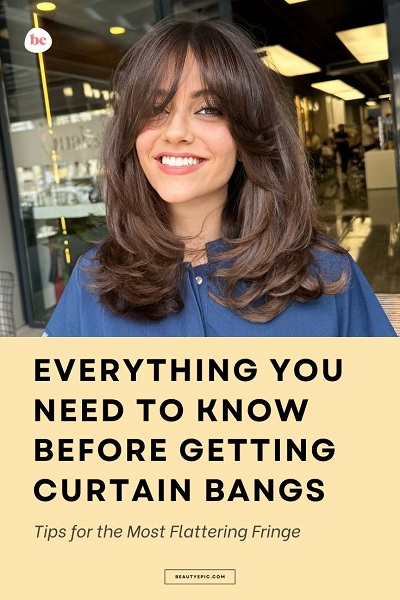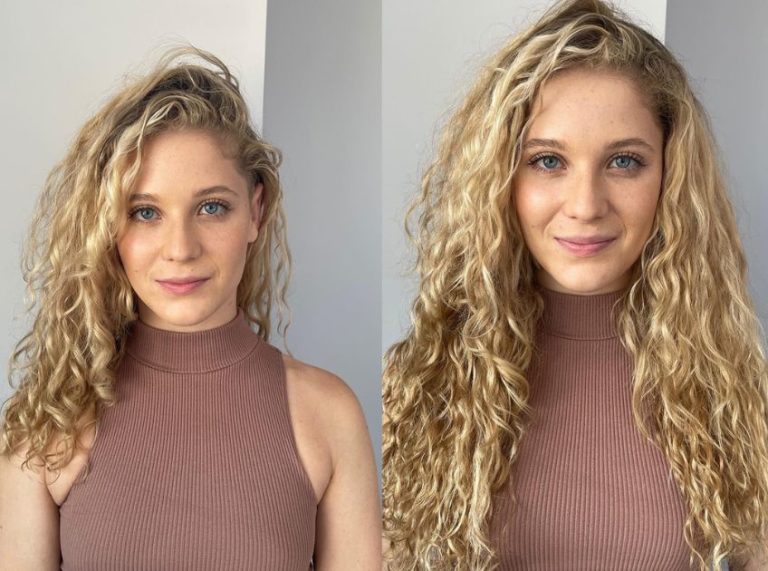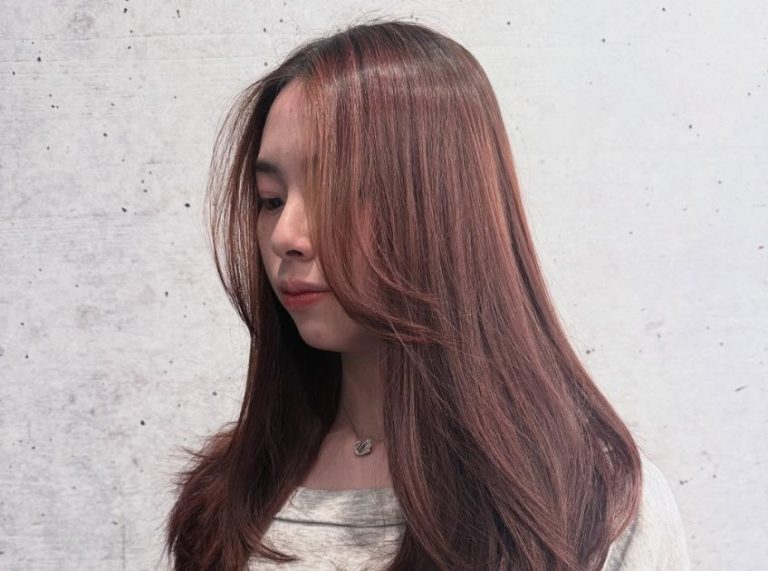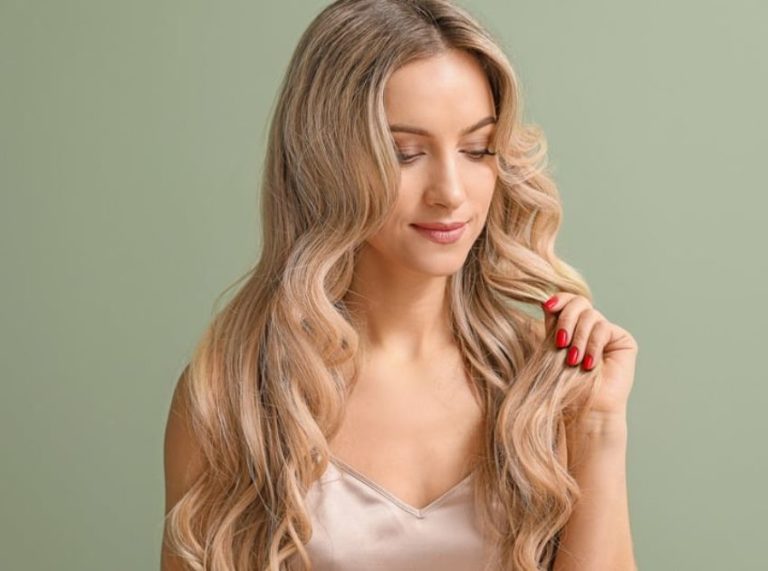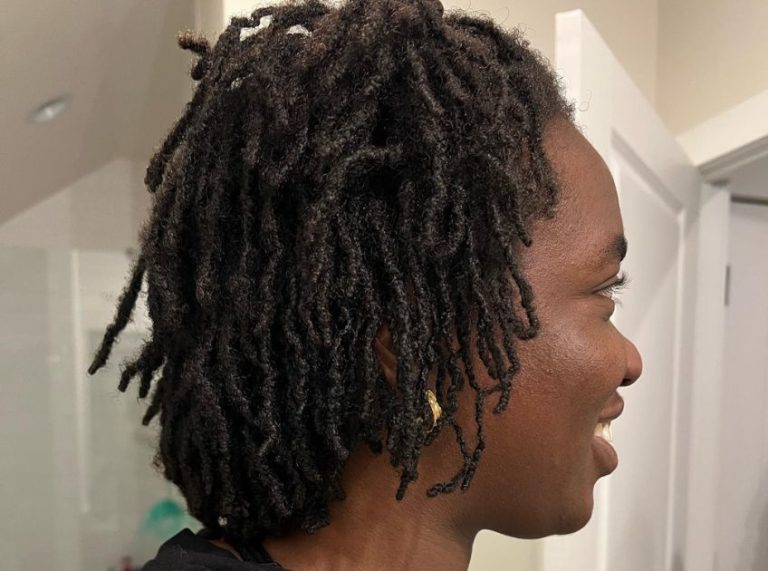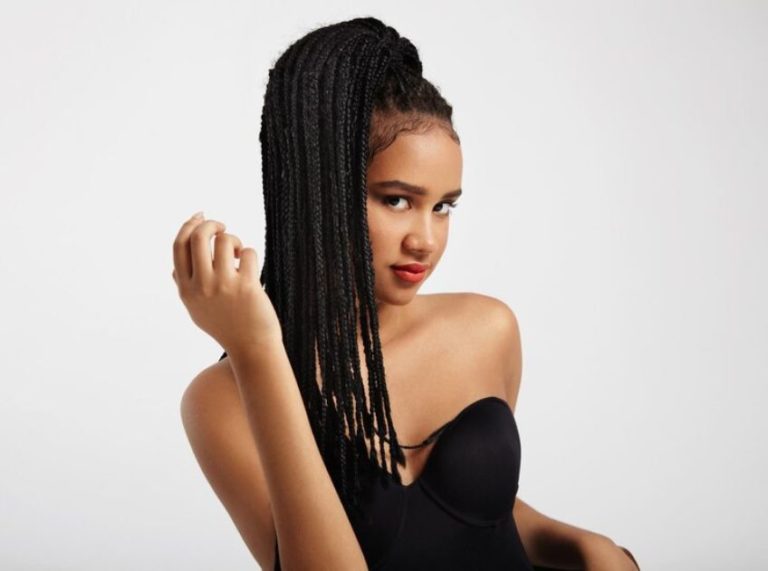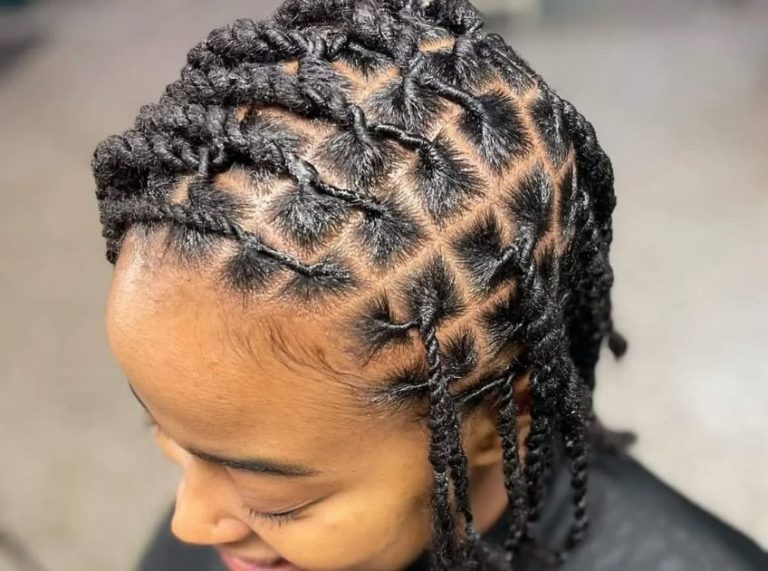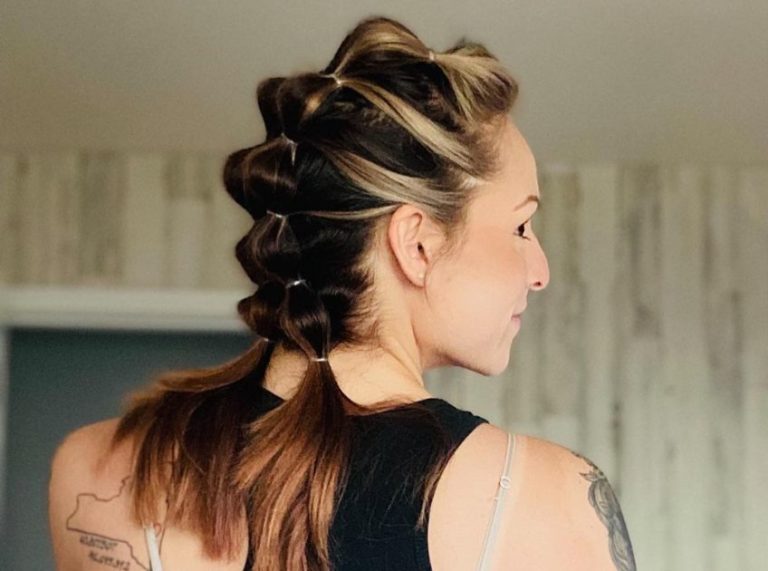
Important: This article is for informational purposes only. Please read our full disclaimer for more details.
Curtain bangs have taken over Instagram, red carpets, and salons for a good reason—they’re flattering, versatile, and bring a soft, face-framing glow to almost any hairstyle. You are going for a 70s-inspired shag, a French-girl aesthetic, or simply want to switch up your look without a dramatic chop, curtain bangs offer the perfect in-between.
But before diving into this trendy cut, it’s essential to understand the upkeep, styling, and suitability. Here’s everything you need to know before getting curtain bangs, straight from hair experts.
1. What Are Curtain Bangs?
Curtain bangs are long, parted fringes that frame both sides of your face, resembling—you guessed it—curtains. Unlike blunt bangs, they start shorter at the center and gradually taper off towards the cheekbones or jawline.
Why they’re popular:
- Softens the face without hiding it
- Works with various hair lengths and textures
- Easy to grow out and blend with layers
- Low-maintenance compared to blunt bangs
Pro Tip: Curtain bangs work best when they seamlessly blend with face-framing layers, enhancing natural movement and softness.
2. Know Your Face Shape—They’re Not One-Size-Fits-All
Curtain bangs are universally flattering when tailored to your face shape. The key lies in length and angle.
- Round face: Go for longer curtain bangs to elongate your features.
- Square face: Soft, sweeping bangs help minimize angularity.
- Oval face: Almost any curtain bang variation suits this shape.
- Heart-shaped face: Bangs that start wider and fall softly toward the chin balance a wider forehead.
- Long face: Mid-length curtain bangs help reduce vertical length.
Pro Tip: Consult your stylist to personalize the shape and length for a balanced effect.
3. Styling: It’s Easier Than You Think
Curtain bangs are known for being more forgiving than traditional bangs, but they still need a bit of styling love.
Styling tips
- Blow-dry with a round brush: Start by drying your bangs side to side, then curve under slightly.
- Use a lightweight mousse or styling cream: It helps hold the shape without weighing them down.
- Dry shampoo is your friend: Keeps bangs fresh and voluminous between washes.
- Flat iron touch-ups: For polished looks, lightly curve ends inward using a flat iron.
Pro Tip: The key to natural curtain bangs is subtle volume—don’t over-style or over-flatten.
4. Maintenance: Not High, But Not Zero
Curtain bangs are lower maintenance than blunt or micro bangs, but they still need some care.
- Trimming every 6–8 weeks helps keep the shape flattering.
- Daily styling time: Usually under 5 minutes with practice.
- Washing: Some people wash their bangs separately if they get oily faster.
Pro Tip: As curtain bangs grow, they become soft face-framing layers—so if you miss a trim, you won’t be stuck in an awkward phase.
5. Hair Texture & Length—Can You Pull Them Off?
Curtain bangs can work for most hair types, but slight tweaks help them sit just right.
- Straight hair: Ideal for sleek or wispy curtain bangs.
- Wavy hair: Offers natural volume—great for a soft, boho look.
- Curly hair: Yes, you can! Work with a stylist experienced with curly cuts.
- Fine hair: Light curtain bangs add dimension without overwhelming the face.
- Thick hair: May need thinning to avoid heaviness or puffiness.
Pro Tip: Medium to long hair complements curtain bangs best, but they can also soften a short bob or lob when layered well.
6. The Grow-Out Phase: Surprisingly Painless
One of the biggest perks of curtain bangs is how easily they grow out. Because they’re already long and blended into your hair, you won’t face a harsh grow-out line.
- Push them to the side as they lengthen
- Use bobby pins or clips for easy styling
- Blend them into face-framing layers at your next haircut
Pro Tip: If you ever want a change, growing them out naturally into layers is effortless and graceful.
Frequently Asked Questions (FAQ’S)
Q1: Will curtain bangs make my forehead look smaller?
A. Yes! Because they part and drape along the sides of your face, curtain bangs create a soft frame that visually shortens or balances a larger forehead.
Q2: Can I get curtain bangs if I have a cowlick or uneven hairline?
A. Yes, but you’ll need a skilled stylist to cut around it. Heat styling and texturizing products can also help manage the shape and direction.
Q3: Are curtain bangs good for older women?
A. Absolutely. Curtain bangs can add softness and lift to the face, drawing attention to the eyes and cheekbones without being too severe or trendy.
Final Thoughts
Curtain bangs are a versatile, flattering, and low-pressure way to experiment with a fringe without a major commitment. They’re easy to style, manageable to grow out, and complement a variety of hair types and face shapes. With the right stylist, a little daily styling, and a touch of dry shampoo, curtain bangs might just become your favorite hair update yet.
